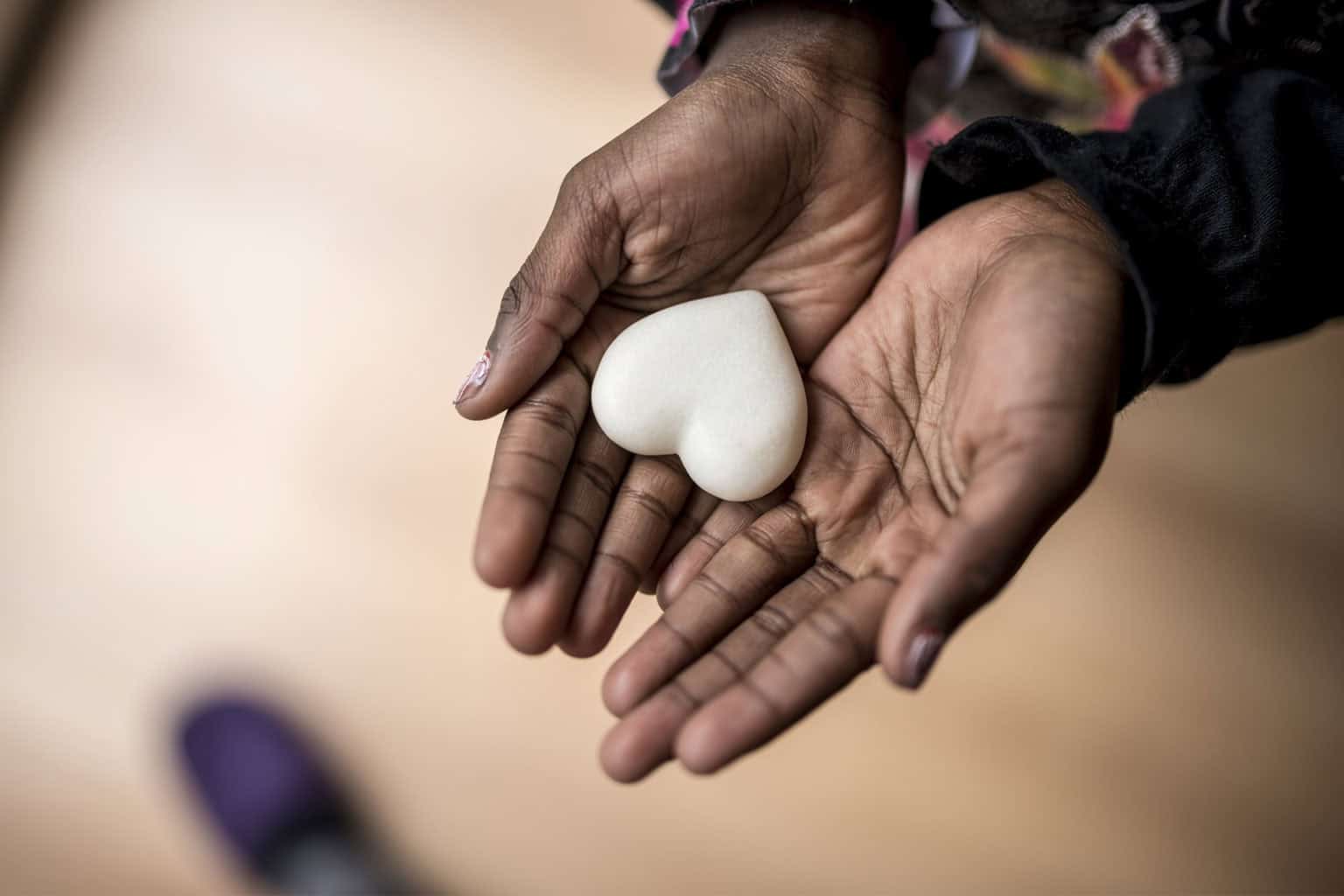

10 Things That May Surprise You About Hospice
Did you know that hospice care can be provided in your own home? Or that it is available to patients for months and sometimes longer? What would you think if someone told you hospice care is not about dying but about living…having the best life possible with loved ones…even with limited time?
“Hospice” is a word most people have heard, but few know much about it. Unless you have had a direct experience with hospice care with a friend or family member, you may not understand the benefits that hospice care offers.
Here are ten facts that may surprise you!
-
1. It is about living.+
Hospice care is not about dying and death. It is about caring for living people with a focus on quality of life—by providing all of the physical, emotional, and spiritual support one needs for the time remaining. The best hospice care will relieve pain, preserve dignity, restore or provide emotional and spiritual peace, give back a sense of control, and assist with getting one’s affairs in order—allowing patients to focus on a meaningful life during the journey with a life-limiting illness.
-
2. It is not just for the last few weeks or days of life.+
Individuals can enjoy all of the benefits of hospice for months and longer (there is not a time limit, though there are eligibility guidelines). In fact, the most frequent comment from patients and families is that they wish they had experienced hospice care earlier in the illness. When one is emotionally ready, the choice to receive the benefits of hospice care is purely an individual one—and it is important to make a fully informed decision with a physician when curative measures are no longer effective or desired. Under Medicare and most insurance guidelines, patients are eligible to elect hospice care if they are certified by a physician to have a life-limiting diagnosis and considered terminally ill, with the goal of being as physically and emotionally comfortable as possible.
-
3. It is a specialized branch of medicine by an entire team.+
Hospice physicians and nurses have specialized training in palliative and comfort-oriented hospice care with the goal of maximizing quality of life. By definition (and as required by Medicare) this compassionate individual- and family-centered care is a comprehensive, holistic approach to treatment provided by a unique, highly skilled, interdisciplinary team, which includes physicians, nurse practitioners, nurses, social workers, chaplains, hospice aides, and volunteers.
Sometimes the terms are confusing: Hospice care always includes palliative care (pain and symptom management focused on comfort), but when only palliative care is offered, it is not hospice care—comprehensive, compassionate, individual, and family-centered care provided by a highly skilled, specialty interdisciplinary team.
-
4. Choosing hospice does not mean “giving up.”+
While a terminal prognosis is never easy to accept, what happens next is an individual decision for the patient and their family or caregivers. In fact, when an individual is eligible and the election of hospice is made, most people find the choice and resulting care to be empowering and to provide hope—a different kind of hope. The comfort of knowing that an empathetic medical team is there with specialized training and expertise, to help any time of the day or night, can mean more meaningful time with loved ones.
-
5. Hospice is not a place; in fact, hospice care is most commonly provided in private homes.+
It is a common misconception that the word “hospice” refers to a facility, but the vast majority of individuals receive hospice care in the comfort of where they live—in their own homes, a nursing facility, or independent/ assisted living residence. Dedicated hospice facilities—sometimes called “residential hospices”—are appropriate when an individual’s symptoms cannot be effectively managed in their current location, when respite care is needed to provide relief for caregivers, or when a patient desires or needs an alternate location of care beyond their home. Residential hospices can provide a peaceful, homelike environment with around-the-clock care by a compassionate hospice team, 24/7 visiting hours, and flexibility, such as being able to bring family pets for a visit.
-
6. It is covered by Medicare and most private insurance plans. +
In fact, the Medicare Hospice Benefit includes “addressing physical, intellectual, emotional, social, and spiritual needs to facilitate autonomy, access to information, and choice.” Put more simply, hospice care coverage consists of comprehensive pain and symptom management (palliative care) for individuals, as well as emotional and spiritual support for individuals and family members. This coverage includes medication, medical supplies, and medical equipment. Some nonprofit hospices also provide financial assistance for those who are otherwise unable to pay.
-
7. It offers spiritual care. +
Every person in hospice care can choose to be cared for by a chaplain—a trained, multifaith spiritual counselor—who provides spiritual support at this critical time of life. A hospice chaplain’s role is not to “convert” anyone to a particular religion; instead, hospice chaplains are specially trained to help people find comfort in their own faith and cultural traditions by facilitating rituals and sacraments, reading spiritual texts together, praying, or just talking. They do not take the place of the patient/family’s existing faith leader, but they complement that support system with experience and insight into spiritual care at the end of life.
-
8. It offers emotional support for individuals and their loved ones.+
A life-limiting illness affects everyone; emotional and spiritual support is part of the care offered, and this same support is also offered to family members and loved ones. Licensed social workers are experienced in sensitive counseling, facilitating discussions, and providing support for coping with terminal illnesses. Additionally, they provide connections to community resources and assist with planning in the event of a critical need for assistance. Volunteers can provide companionship including simple listening (with complete confidentiality), reading, or just being physically present.
-
9. There is continuing support.+
Hospices provide grief support services for family members and friends surrounding the death of a loved one. This can consist of memorial services, individual counseling, reading materials, group support, and other offerings, and is available for as long as it is needed. Again, hospice care is for patients’ loved ones, too.
-
10. It is about each patient’s life and care, and they choose.+
Hospice teams offer assistance with Advance Care Directives—documents reflecting personal wishes and designating a person to make decisions on your behalf if you are unable to do so. Conversation about one’s values and personal preferences for end-of-life care is a gift. Studies show that when care preferences have been established and communicated, people are more likely to have a peaceful death, and family members feel less anxiety.
